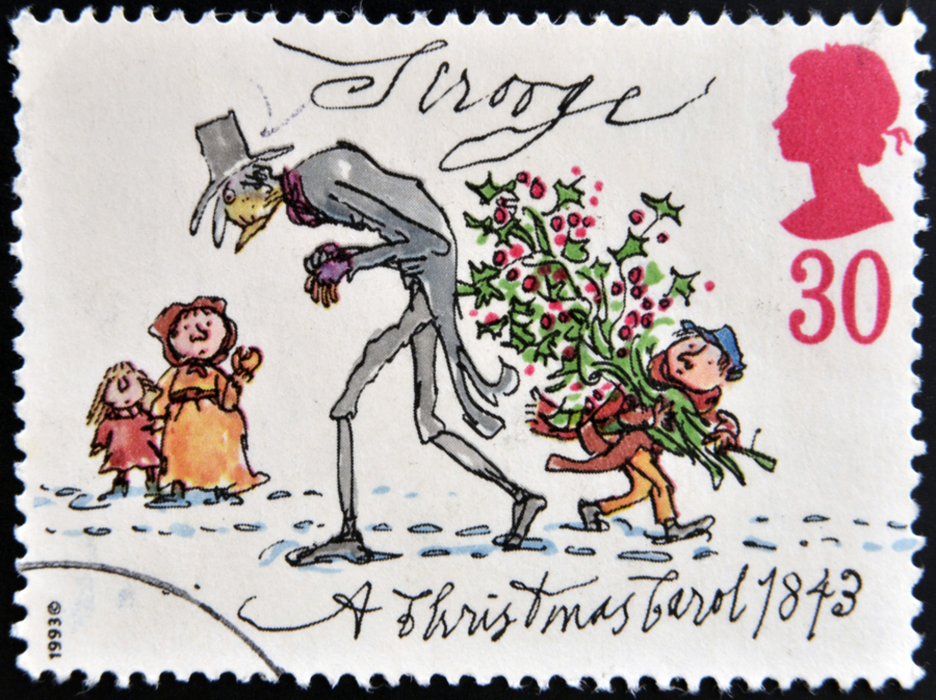The holiday season is the perfect time for gathering with those you love, singing carols, and binge watching. Whether you’re a fan of It’s a Wonderful Life or Elf, there’s something comforting about watching (and in my case, quoting) these Christmas classics year after year.
A Christmas Carol is a prerequisite in my family’s movie lineup—although, I’m admittedly partial to the Muppets’ adaptation of Charles Dickens’ novel. And just as how Scrooge learns valuable lessons from the three spirits who visit him throughout the night, marketers can take away valuable insights by analyzing their past, present, and future.
So in celebration of the holiday season, here are three lessons marketers can learn from the channels of the past, present, and future.
Channel of marketing past: direct mail
There’s a reason that direct mail has stood the test of time—it’s because it works. According to MarketingCharts’s breakdown of the “2015 DMA Response Rate Report,” direct mail generates a 3.7% response rate for house lists and a 1% rate for prospects lists—surpassing the house list figures for mobile (0.2%), paid search (0.1%), social media (0.1%), email (0.1%), and display (0.02%) combined. It can also embody many of direct marketing’s best practices, like segmentation and personalization.
However, like Scrooge, direct mail has to change some of its old ways. And although evolving time-honored practices can cause some marketers to say “Bah Humbug,” it’s important for organizations to link their direct mail practices to their digital strategies to create truly seamless experiences. Doing so will allow marketers to be more in-step with their customers throughout the buying journey and deliver more relevant content.
Channel of marketing present: mobile
Being present means being aware of one’s surroundings; mobile allows marketers to tailor their messaging to consumers’ current state. For instance, marketers can adjust their mobile emails based on consumers’ device, location, or even weather. Smartphones and tablets also enable consumers to engage with brands in real-time.
However, the present is short-lived. And just as how the Ghost of Christmas Present vanishes when Scrooge’s time with him is up, consumers will disappear if a brand’s messaging is not relevant to their current states. It’s also worth noting that even if consumers are in the same time and place, their needs and preferences may differ. Take Bob Cratchit and Scrooge, for instance: They both lived in London and worked at the same place; yet their needs, wants, and financial situations were total opposites. Therefore, it’s important for marketers to pull in customer data from other touchpoints to deliver the most relevant messages, instead of relying on input from solely the here and now.
Channel of marketing future: social
Just like the future itself, the world of social media is somewhat unknown. Will another platform emerge? How do you really measure impressions and reach, and do these metrics matter? One thing is for sure: Marketers will have to find more ways to make social accountable and tie this channel back to ROI. If change doesn’t occur, social’s future, much like Scrooge’s initial outlook, could be grim. But it looks like marketers are already getting into the attribution spirit. According to the aforementioned DMA study, social has an average ROI rate of 15 to 17%—matching direct mail’s figures.








